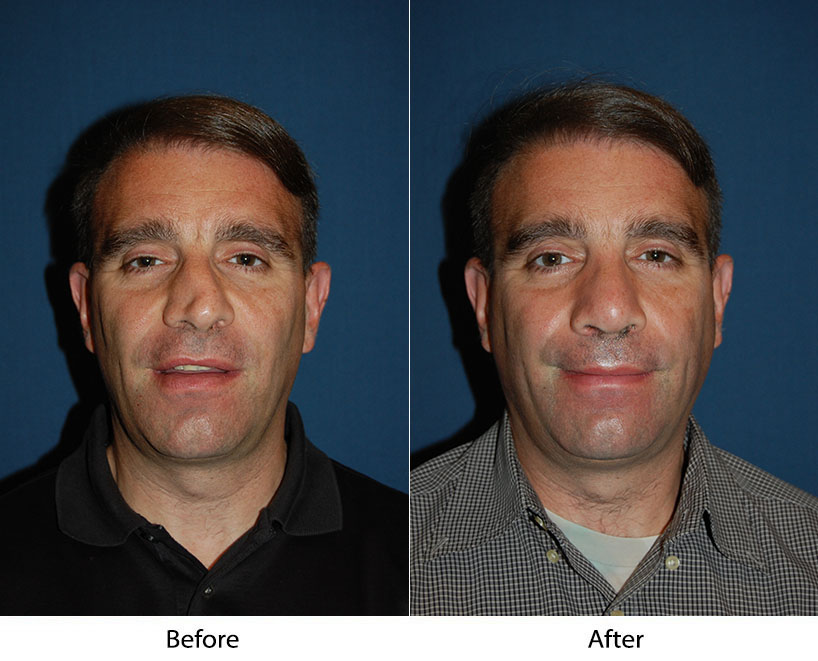Best Charlotte rhinoplasty surgeons can help correct botched nose jobs
Best Charlotte rhinoplasty surgeons can help address existing nose job challenges and promote optimal results. Rhinoplasty, commonly known as a nose job, is a surgical procedure aimed at reshaping and enhancing the appearance of the nose. While most patients are satisfied with the results of their primary rhinoplasty, there are cases where individuals may seek revision rhinoplasty to address unsatisfactory outcomes or correct functional issues. Revision rhinoplasty is a specialized procedure that requires careful planning, skillful execution, and a deep understanding of the challenges associated with secondary nose surgeries. In this article, we will explore the complexities of revision rhinoplasty and discuss how surgeons can achieve optimal results.
- Understanding the Challenges:
Revision rhinoplasty presents unique challenges compared to primary rhinoplasty due to various factors, including altered nasal anatomy, scar tissue formation, and compromised blood supply. These challenges make it imperative for the surgeon to possess extensive experience and expertise in nasal surgery. Thorough preoperative assessments, including a detailed examination of the patient’s nasal structures, previous surgical records, and a comprehensive discussion of the patient’s concerns, are crucial to developing an effective surgical plan.
- Identifying Patient Concerns:
Patients seeking revision rhinoplasty often have specific concerns related to the outcome of their previous surgery. These concerns can range from cosmetic issues such as asymmetry, a poorly defined tip, or a nasal hump, to functional problems like breathing difficulties or nasal obstruction. It is essential for the surgeon to address both the aesthetic and functional aspects of the nose to achieve an overall successful outcome.
- Tailoring the Surgical Approach:
Revision rhinoplasty requires a customized approach based on the patient’s specific concerns. The surgeon must assess the underlying nasal anatomy, identify the areas requiring modification, and determine the appropriate surgical techniques to address them. This may involve reshaping the nasal bones, refining the nasal tip, augmenting or reducing tissue, or correcting any structural deformities that contribute to breathing problems.
- Dealing with Scar Tissue and Altered Anatomy:
One of the primary challenges in revision rhinoplasty is the presence of scar tissue from the previous surgery. Scar tissue can distort the nasal structures and make the procedure more complex. Surgeons must carefully navigate through scar tissue and address any underlying anatomical changes that may have occurred. Techniques such as cartilage grafting, tissue rearrangement, or the use of structural support materials may be employed to restore proper nasal shape and function.
- Communication and Realistic Expectations:
Open and honest communication between the patient and surgeon is crucial in revision rhinoplasty. Patients must express their concerns and desires, while surgeons must provide a realistic assessment of what can be achieved through the revision procedure. It is essential for patients to understand that revision surgery may not always result in perfection, but rather an improvement over the previous outcome. Managing expectations and setting realistic goals is vital for a satisfactory surgical experience.
- Choosing an Experienced Surgeon:
Selecting a skilled and experienced surgeon is of paramount importance in achieving optimal results with revision rhinoplasty. Surgeons with specialized training in facial plastic surgery, otolaryngology, or plastic surgery are well-equipped to handle the complexities of secondary nasal surgeries. Prospective patients should thoroughly research a surgeon’s credentials, view before and after photos of previous revision cases, and schedule consultations to discuss their concerns and evaluate the surgeon’s approach.
- Postoperative Care and Follow-up:
The recovery process following revision rhinoplasty can be similar to that of primary rhinoplasty. Patients should carefully follow their surgeon’s postoperative instructions, which may include measures to reduce swelling, avoid strenuous activities, and protect the nose from injury. Regular follow-up appointments allow the surgeon to monitor the healing process and address any concerns that may arise. The postoperative care and follow-up period are essential for assessing the success of the revision procedure and making any necessary adjustments.
- Psychological Support:
Undergoing revision rhinoplasty can be emotionally challenging for patients who may have already experienced dissatisfaction or disappointment with their previous surgery. It is crucial for surgeons to provide psychological support and reassurance throughout the process. Clear and open communication, empathy, and understanding can help alleviate anxiety and build trust between the patient and surgeon.
- The Role of Advanced Technology:
Advancements in technology have significantly contributed to the field of rhinoplasty, including revision procedures. Surgeons now have access to advanced imaging systems, such as 3D computer simulations, that allow for precise preoperative planning and enhanced visualization of the desired outcomes. Additionally, innovative surgical techniques and tools, such as high-definition endoscopes and powered instruments, can aid in achieving more accurate results while minimizing trauma to the nasal tissues.
- Patience and Healing Time:
Revision rhinoplasty is a complex procedure that requires time for the body to heal and for the final results to manifest. Patience is key during the recovery process, as it can take several months for the swelling to subside and the tissues to settle into their new shape. Surgeons and patients should work together, understanding that the final outcome may not be immediate and that the true results of the revision surgery will gradually become apparent over time.
In conclusion, revision rhinoplasty is a specialized surgical procedure that aims to address challenges and achieve optimal results in patients who seek to correct unsatisfactory outcomes or functional issues following a primary rhinoplasty. Surgeons undertaking revision procedures must navigate through scar tissue, altered nasal anatomy, and patient expectations to deliver successful outcomes. Open communication, tailored surgical approaches, experienced surgeons, and a comprehensive understanding of the complexities involved are essential for achieving the desired results. With careful planning, skillful execution, and the support of advanced technology, revision rhinoplasty can offer patients an opportunity to improve both the aesthetic appearance and functional aspects of their nose.
Work with the best Charlotte rhinoplasty surgeons
Contact Dr. Sean Freeman at Only Faces, Charlotte’s most experienced rhinoplasty surgeon and top facial plastic surgeon, to schedule a consultation to find out what procedure is right for you. Call today.

